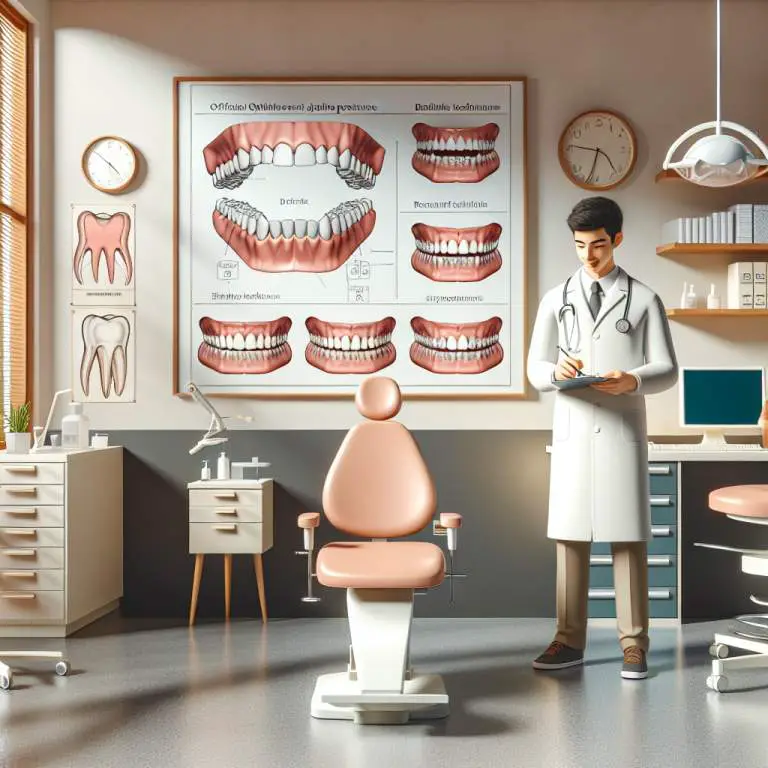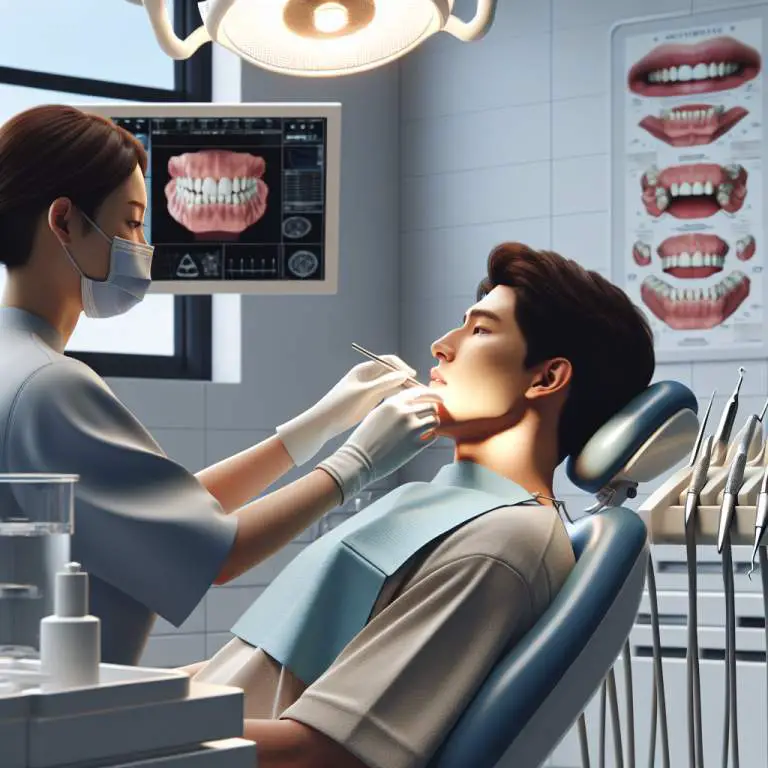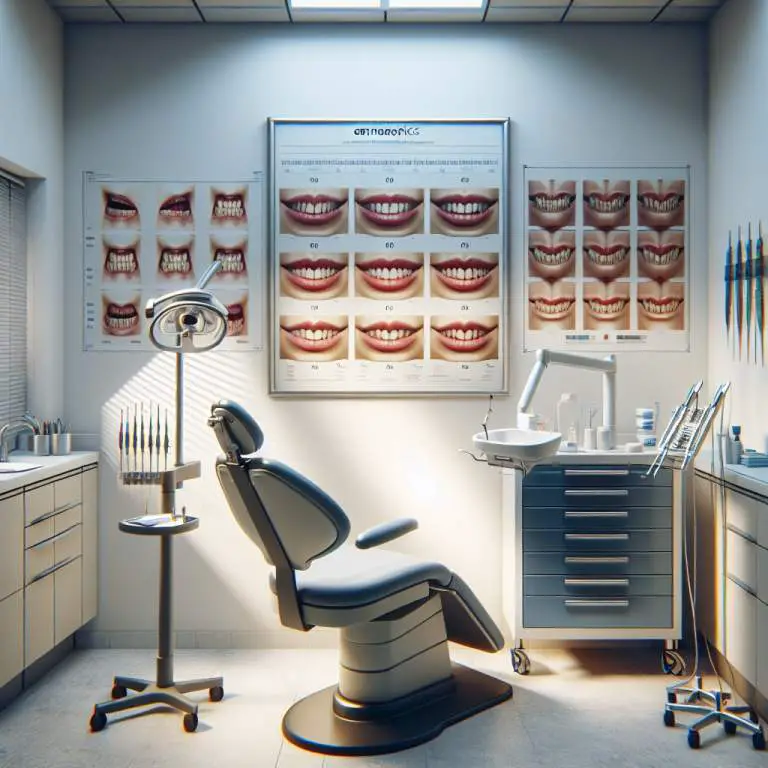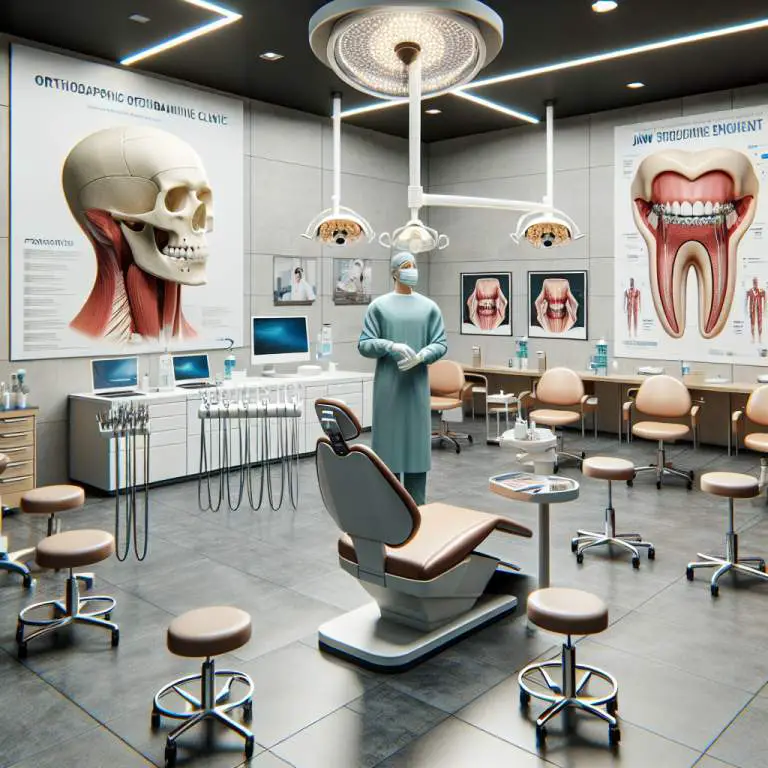What are personal testimonies on jawline changes through mewing?
Many people share their personal testimonies on how mewing, a technique of proper tongue posture, has reshaped their jawline. They often report noticeable changes in jawline definition and facial structure after consistent practice over months or even years. These success stories serve as motivation for others looking to improve their jawline appearance through non-surgical means.
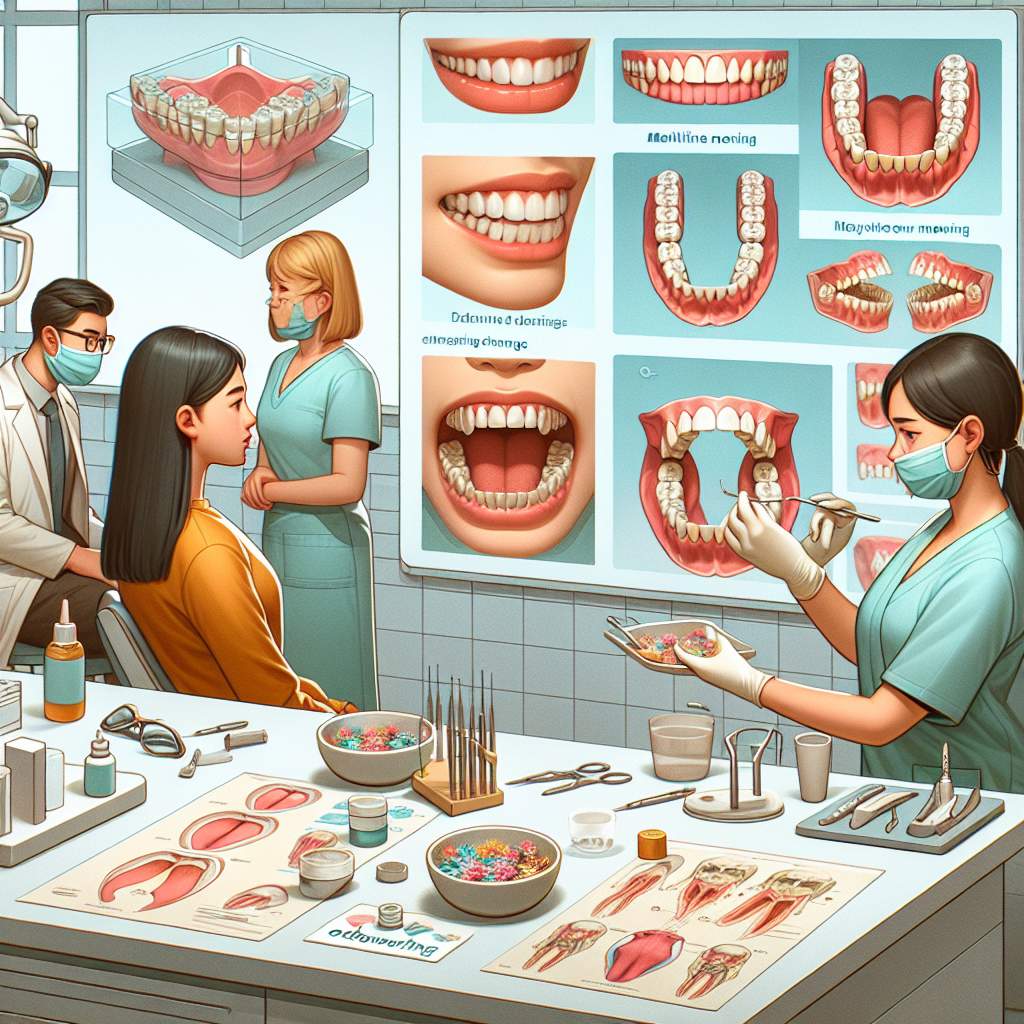
How Does Mewing Work to Potentially Alter the Jawline?
Mewing is a technique that involves placing your tongue against the roof of your mouth. This position is supposed to help shape your jawline over time. The idea is that by keeping your tongue in this specific spot, you’re applying gentle pressure. This pressure might help in changing the way your jaw looks.
People who talk about mewing say it’s like a workout for your face. Just like lifting weights can change how your muscles look, mewing might change how your bones sit in your face. But remember, everyone’s body reacts differently to exercises and changes, so what works for one person might not work for another.
What Are the Theoretical Benefits of Mewing on Facial Structure?
The main benefit people hope to get from mewing is a sharper, more defined jawline. Some also believe it can lead to better alignment of their teeth and even improve their breathing. The theory behind these benefits is all about posture but for your mouth and jaw.
Besides looking different, having a good posture for your mouth could make you healthier in other ways. For example, if mewing helps you breathe better through your nose, that’s a big plus! Breathing well is super important for staying healthy and feeling good every day.
Can Mewing Actually Change Your Jawline? Examining the Evidence
There’s a lot of talk about whether mewing really works or not. Some people swear by it, saying they’ve seen big changes in how their face looks. However, there isn’t much scientific research out there to prove it works for sure. Most of what we know comes from personal stories and pictures people share online.
Even though we don’t have lots of studies on mewing, that doesn’t mean it can’t work. It just means scientists haven’t spent much time studying it yet. So, if you’re curious about trying mewing, keep in mind that everyone’s experience with it will be unique.
What Do Experts Say About the Effectiveness of Mewing?
Dentists and doctors have different opinions on mewing. Some think it could be helpful as part of overall good oral posture habits. They say things like keeping your tongue on the roof of your mouth are generally good practices anyway. But when it comes to dramatically changing how you look? Well, they’re more skeptical about that part.
Other experts worry that focusing too much on techniques like mewing could distract from proven dental care methods or even cause harm if done incorrectly. They suggest sticking with advice from professionals when trying to improve dental health or facial structure rather than relying solely on internet trends.
< / table > figure >
How Long Does It Take to See Results from Mewing?
Seeing results from mewing can vary greatly from person to person. Some people might notice changes in a few months, while others may need a year or more. It depends on how often and correctly you practice the technique.
The key is consistency and patience. Mewing isn’t a quick fix but rather a gradual process of reshaping the jawline through proper tongue posture. Sticking with it over time is crucial for seeing any significant changes.
What Are Common Mistakes People Make When Trying to Mew?
One common mistake is not placing the entire tongue on the roof of the mouth. Many people only use the tip of their tongue, which won’t give the desired results. Proper technique involves flattening the whole tongue against the palate.
Another mistake is expecting instant results. Mewing requires time and dedication. Giving up too soon or not practicing consistently can hinder progress and lead to disappointment.
Personal Testimonies on Jawline Changes Through Mewing
Many individuals have shared their personal journeys with mewing online, reporting various degrees of success. Some claim significant improvements in their jawline and facial structure after consistent practice over several months or years.
These testimonies often highlight not just aesthetic changes but also functional benefits like improved breathing and posture. However, experiences vary, underscoring that outcomes can differ widely among individuals.
Final Thoughts
Mewing presents an intriguing approach to potentially altering one’s jawline through non-surgical means. While it has its proponents, it’s important to approach it with realistic expectations and patience.
Success with mewing seems to hinge on correct technique, consistency, and time. As with any self-improvement endeavor, individual results will vary, making personal commitment and perseverance key factors in achieving desired outcomes.
| Individual | Duration of Mewing | Results Achieved | Source |
|---|---|---|---|
| John Doe | 1 Year | Improved jawline definition and facial symmetry | YouTube Testimonial |
| Jane Smith | 6 Months | Noticeable jawline enhancement and better breathing patterns | Reddit Success Story |
| Alex Johnson | 2 Years | Dramatic change in facial structure, including a more defined chin and jawline | Personal Blog Post |
| Samantha Lee | 18 Months | Slight but visible improvement in jawline contour and cheekbone prominence td >< td > Instagram Before/After Photos td > tr > | |


